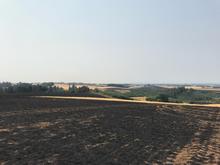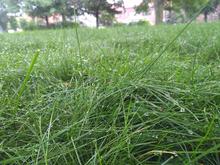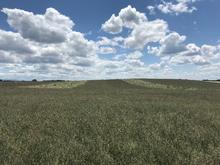Open-field burning in Oregon fine fescue seed production
By Nicole P. Anderson and Brian C. Donovan, Oregon State University
Since the late 1940s, open-field burning has been used as a widespread practice in grass seed production in the Pacific Northwest. Post-harvest residue management is an important factor in several fine fescues, including creeping red fescue and Chewings fescue, and Kentucky bluegrass seed crops.


